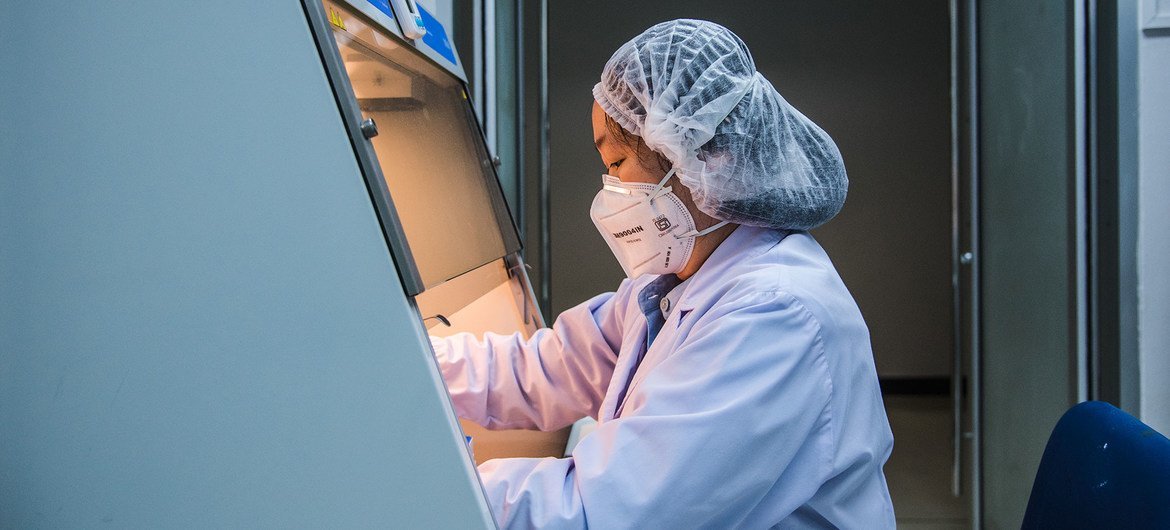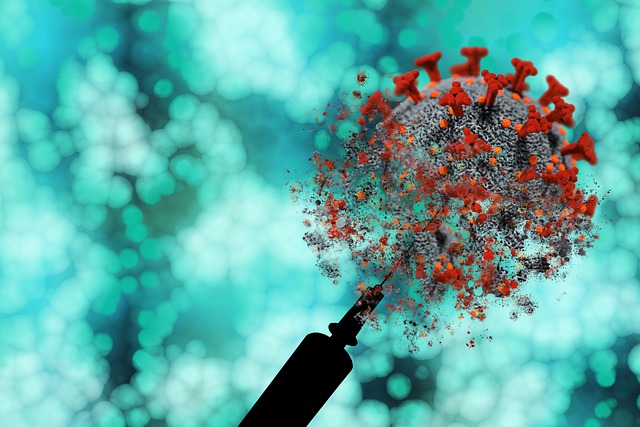The UN urges precautions to reduce the risk of the establishment of animal reservoirs, which could lead to the emergence of new variants of the coronavirus.
The Food and Agriculture Organization of the United Nations, the World Organization for Animal Health and the World Health Organization this Monday called on all countries to take appropriate measures to reduce the risk of transmission of SARS-CoV-2 between humans and wildlife.
The appeal seeks to reduce the risk of the emergence of variants and to protect both humans and wildlife and urges authorities to adopt relevant regulations and disseminate the recommendations previously published by the three organizations for people working in Close contact with wildlife and the general public.
Although the COVID-19 pandemic is caused by human-to-human transmission, it is known that the virus that causes COVID-19 also infects animal species.
Although current findings indicate that wildlife does not play a major role in the spread of SARS-CoV-2 in humans, its spread in animal species can affect their health and facilitate the emergence of new variants of the virus.
Transmission between animals and humans is proven
In addition to domestic animals, there is evidence that wild, captive, or farmed animals such as big cats, mink, ferrets, North American white-tailed deer, and great apes can be infected by SARS. -CoV-2.
To date, it has also been shown that farmed mink and pet hamsters can transmit the virus that causes COVID-19 to humans, and a possible case of transmission between a white-tailed deer and a human is currently being studied.
The introduction of SARS-CoV-2 into wildlife could lead to the establishment of animal reservoirs. As an example, about a third of wild white-tailed deer in the United States of America have been infected with the virus, initially through several cases of human-to-human transmission.

Guidance for professionals and the population
Staff working in close contact with wildlife should be trained on how to implement measures that reduce the risk of transmission between people and between people and animals, using WHO advice on how to protect themselves and prevent the spread of COVID-19 , and following the guidelines of the World Organization for Animal Health and FAO on the use of personal protective equipment (PPE) and correct hygiene practices around animals.
Current evidence suggests that humans do not become infected with the SARS-CoV-2 virus through consumption of meat. However, it is indicated that hunters should not track animals that appear sick or collect those that are found dead.
The use of proper butchery and food preparation techniques, including appropriate hygiene practices, can limit the transmission of coronaviruses, including SARS-CoV-2, and other zoonotic pathogens.
Regarding the public and as a general precaution, people should not approach or feed wild animals, nor touch or eat those that are orphaned, sick or dead (including road kill). The indicated response is to contact the local authorities in charge of wildlife management or a health professional specialized in that area.
It is also crucial to safely dispose of uneaten food, masks, tissues and any other human waste to avoid attracting wildlife, especially in urban areas and, if possible, keep domestic animals away from wildlife. wild animal and its excrement.

UNODC/Piotr Zarovski A training session on wildlife in Vietnam, a specimen is preserved by the participants.
Additional measures for national animal health services
The three organizations also advise:
|
















